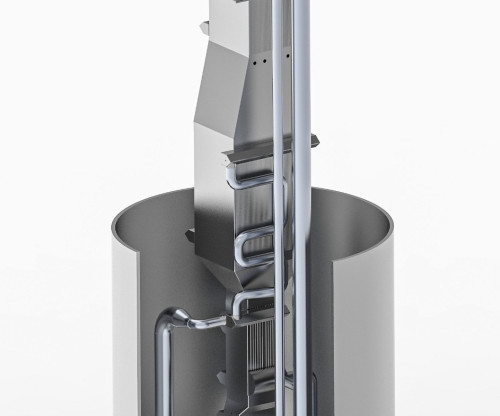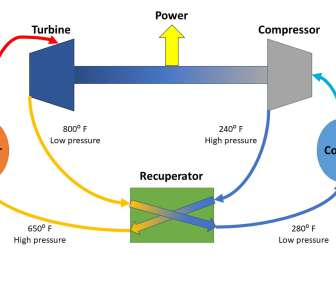Fraunhofer researchers developing ammonia-based systems for mobile energy in infrastructure, transportation and industry
Green Car Congress
FEBRUARY 24, 2023
In comparison to hydrogen, liquefied ammonia makes it easier to transport large volumes to wherever it is needed. Because hydrogen produced from ammonia does not contain any carbon oxides or methane, it is also free from greenhouse gases. Ammonia can also be used for supplying hydrogen to land vehicles.




























Let's personalize your content